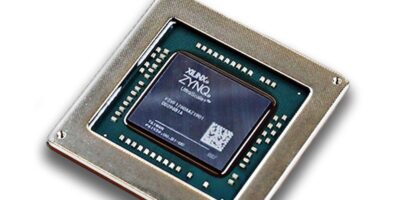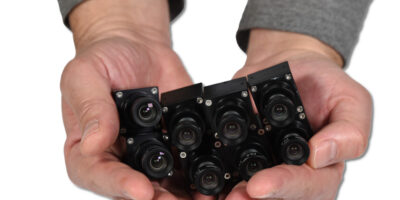Fujitsu has developed its O-RAN 5G radio units (O-RUs) using UltraScale+ technology by Xilinx. Fujitsu O-RUs will be deployed in the first O-RAN-compliant 5G green field networks in the US.
Fujitsu O-RUs are suitable for a range of spectrum and multi-band applications for 5G O-RAN networks. The Xilinx UltraScale+ devices used in Fujitsu O-RUs were selected for a balance of cost economies as well as the adaptability and scalability required for the evolving needs of 5G O-RAN network requirements, says Xilinx. The adapting computing company will work with other O-RAN ecosystem partners to ensure continued validation of the hardware and software necessary for 5G networks.
“Our design team worked closely with Xilinx on our O-RAN radio units to enable greater flexibility and cost savings while also delivering greater innovation as well as new capabilities for 5G networks,” said Masaki Taniguchi, senior vice president and head of the Mobile System Business Unit at Fujitsu.
The first greenfield 5G O-RAN systems will be deployed this year.
Fujitsu is also evaluating Xilinx RFSoC technology to further reduce cost and power consumption for additional future site deployments.
Xilinx develops flexible and adaptive processing platforms that enable rapid innovation across a variety of technologies – from the cloud, to the edge, to the endpoint.
It is the inventor of the FPGA and Adaptive SoCs (including the Adaptive Compute Acceleration Platform, or ACAP), designed to deliver the dynamic computing technology. Xilinx collaborates with customers to create scalable, differentiated and intelligent solutions that enable the adaptable, intelligent and connected world of the future.







